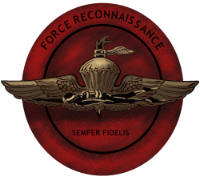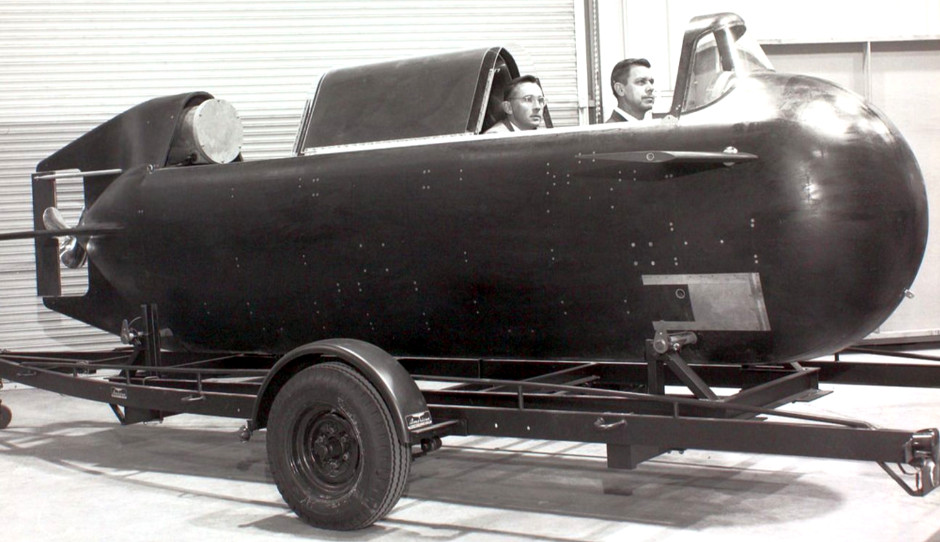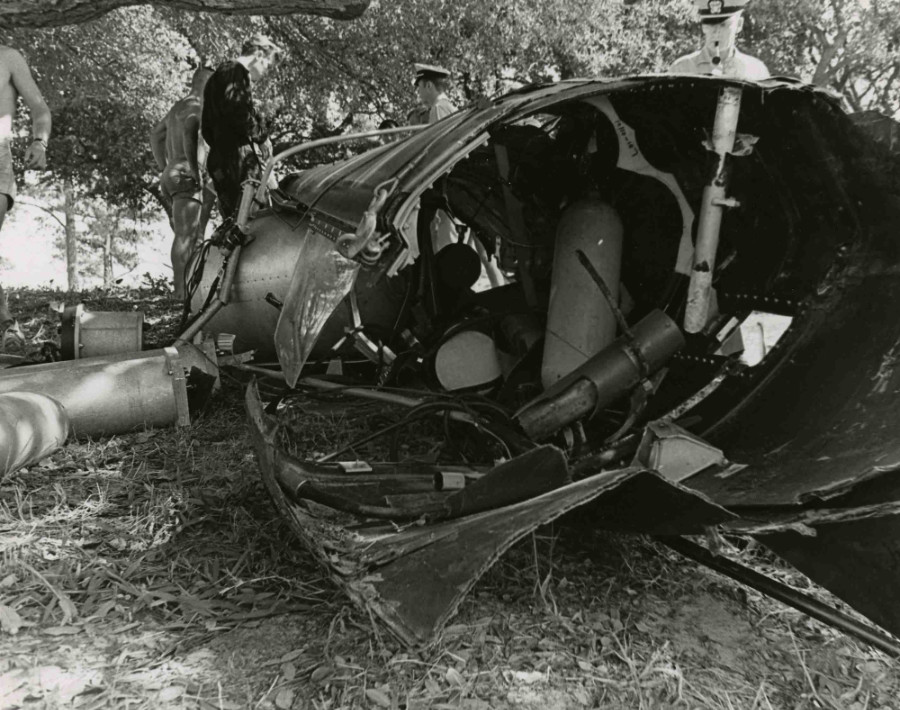
 Within the US Armed Forces, it is not just the US Navy SEALs who have a history of operating Swimmer Delivery Vehicles (SDVs). The US Marine Corps’ brief foray into operating the SDV Mk.7 ended in spectacular fashion on a golf course in Little Creek…
Within the US Armed Forces, it is not just the US Navy SEALs who have a history of operating Swimmer Delivery Vehicles (SDVs). The US Marine Corps’ brief foray into operating the SDV Mk.7 ended in spectacular fashion on a golf course in Little Creek…
The USMC had shown a steady interest in underwater vehicles for its Force Recon divers throughout much of the 1960s, and had trialed several craft. At the same time several elements of the US Navy were working with the SEALs and UDT to introduce the first US designed operational SDV, the Mk7. The SDV Mk.7 borrowed heavily from earlier Italian designs used by UDT and featured a lightweight fiberglass hull over an aluminum frame. The four crewmen sat in a row with the pilot at the front peering out through a Plexiglas watershield. Navigation was part science, part art and part luck. The design was a constant work-in-progress and is not regarded as particularly successful, but it remained in service until the 1980s and was a major influence on the classic SDV M.8 which followed.
(Note UDT = Underwater Demolition Teams, now defunct but at the time side-by-side with the SEALs and today still regarded as part of the SEAL community)

The prototype SDV Mk.7, then called the Convair Model-14. Convair are more famous for their aircraft and this was the only SDV they built. The SDV Mk.8 which followed was originally designed by rival firm Aerojet.
The USMC had been close observers of the UDT-SEAL capability development throughout the maturing of the Navy's SDV program. The U.S. Marines decided that they wanted in on the action, since it would seemingly open all manner of tactical and strategic options. Funding was found from ‘magic sources’ (as described in a contemporary Royal Navy report), and two of the submersible craft were purchased for trails to be conducted from January-September 1970. Each craft had a price tag of $70,000 excluding training, operational costs, and maintenance; equivalent to $430,000 today. The trials must have been successful because a third boat was added to the purchase and a USMC SDV unit was formed at Naval Amphibious Base Little Creek. Training assistance was provided by the UDTs, who also had SDVs based at their Little Creek headquarters.
Covert Shores book
Interested in untold SDV history? 2nd Edition Out Now! . Covert Shores is the ONLY world history of SDVs. SEALs, SBS, COMSUBIN, Sh-13, Spetsnaz, Kampfschwimmers, Commando Hubert, 4RR and much more.
Check it out on Amazon
The adventure came to a rapid close when one of the precious SDVs was being airlifted, underslung below a helicopter, over Little Creek. Something went wrong and the craft was dropped onto the golf course from some considerable height, smashing it to smithereens. See photo:
Large photo - CLICK for HIGH-RESOLUTION. 
The wreckage of the SDV. The nose section appears to be nearest the camera, ripped off halfway through the pilot’s cockpit. The craft is lying on its starboard (right) side with the top towards the left of the photo. The lifting hook with the cable attached is clearly visible right where the fiberglass nose ripped off. The lighter colored metal tube on the right is possibly the hydroplane axle.
Photo thanks to CDR Tom Hawkins, SEAL (Ret). and historian.
It’s possible that the sudden force reduction came as a quite relief to parts of Force Recon who may have had difficulty coming to terms with the cost of operating SDVs. At least that’s what I’ve heard. Either way the two remaining USMC SDVs were passed on to UDT shortly after.
It wasn’t the end of USMC interest in underwater vehicles and several types have been proposed, trialed or even operated since. But about this very little is said.


